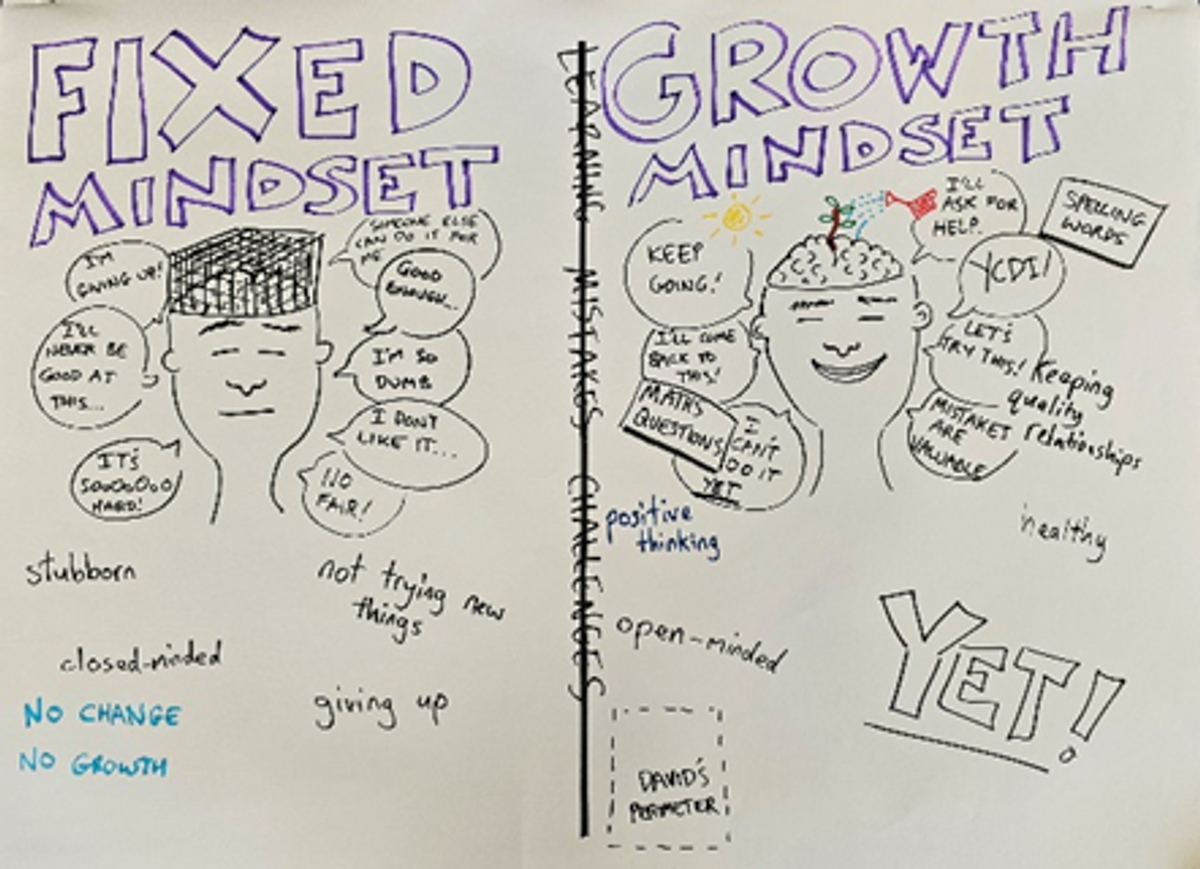Learning in Term Two

Reading
In Term Two, our Level 4 students will be focusing on analysing both fiction and non-fiction texts by exploring Information Reports and Poetry. Students will be analysing texts for their features and language, as well as the main idea, supporting details, themes and messages. Whilst exploring Information Reports, students will be exposed to a variety of formats such as written, visual and video reports, identifying the purpose of each. During the Poetry unit, students will have an opportunity to engage through a global lens as we unpack, analyse and compare poems from other cultures. They will also continue to develop their personal reading goals that align with our CAFÉ strategies. They will develop these skills through collaboration with their peers to promote Speaking and Listening, as well as through individual conferencing.
Below are suggestions on how you can support your child at home:
- After your child has completed their reading ask them what the main idea and supporting details of the book are.
- Share poems from your childhood or from your culture and discuss the features and language within the poem E.g. Figurative language such as similes and metaphors.
- Encourage your child to read a variety of books (both fiction and non-fiction) from a range of different authors.
- Listen to your child read and ask them questions about the text.
- Explore information reports in your surroundings (signs, infographics, ads, etc.)
Writing
This term in Writing, Level 4 students will be developing their skills in creating Information Reports. Students will analyse a variety of information reports in reading and transfer their knowledge of structure, topic sentences and language features into writing their information reports. They will have an opportunity to work towards their personal VOICES writing goal through all writing sessions and during Sustained Writing weekly. Later this term, students will be exploring poetry and the effect it has on the reader, with a focus on free verse poetry. They will be investigating the elements and features of poetry in reading and transferring this into their own poems. Students will be provided with opportunities to apply their understanding of emotive and descriptive vocabulary, while exploring the impact poetry can have on the reader.
Below are suggestions on how you can support your child at home:
- Research a topic that interests both you and your child, co-creating an information report
- Break down sections and talk through why you made the choice to put information under a subheading.
- Created a shared poem at home together.
- Create a bank of words that both you and your child find interesting that can be used within a poem.
Spelling
In Spelling, students will continue identifying and inquiring into their personalised words, chosen from misconceptions in their writing and inquiry. This will allow them to gain a deeper understanding of spelling patterns and strategies. There will be a focus each week and we are currently exploring tier three vocabulary related to our inquiry learning (scientific words). At home, you can ask your child what they have learnt from their individual spelling inquiries, and how they are applying their personalised words and practicing them during Home Learning opportunities.
| Key words for literacy | Information, Paraphrasing, Credible sources, Flow, Introduction, Facts, Diagrams, Subheadings , Figurative language , Tiered language, Free Verse |
Mathematics
In Term Two, students will be exploring Statistics and Probability through investigating how data can be collected, such as through observation and surveys. They will analyse and interpret interviewed data sets, before representing them in physical and digital graphs.
In Measurement and Geometry, students will deepen their understanding of volume, capacity and mass within our unit of learning. They will transfer their prior learning of these concepts to estimate, measure, compare, and convert units of measurement.
Students will also explore fractions and decimals in Number and Algebra, and make connections with percentages. They will also deepen their understanding through the exploration of real-life application of these concepts.
To support your child at home with their Mathematics learning, you may find the following real-life tasks helpful:
- Collect data on questions that interest them e.g. What influences your family’s purchase of chemicals (brand name, price, safety, ingredients)
- Ask your child to estimate the volume/capacity/mass of objects around home e.g. Containers in the fridge, during mealtimes, washing dishes, Lego building, vases, boxes, etc.
- Calculate or measure the volume or capacity of a variety of the above objects at home.
- Use scaled instruments during cooking or baking e.g. measuring cup or jugs or scales.
- Use real life data representations such as water or electricity bills, or cooking, to better understand mathematical concepts - discuss the features of the table/graph and what important information it’s telling you, how decimals and fractions are used, etc.
| Keywords for Mathematics | Axis, Mean, Mode, Median, Category, Statistics, Frequency, Dot plot, Stem and leaf plot, Distributions, Components, Data, Graph, Volume, Mass, Measurement |
Inquiry
In Term Two, students will be investigating the Inquiry Question, ‘How might our use of chemicals today affect future life?’ through the curriculum lenses of Chemical Sciences, Design & Technologies and Creative & Critical thinking. Students will explore the difference between natural and processed materials, the states of matter and impactful chemical choices made by individuals and industries. The learners are exploring where chemicals are found, how they are used across time and space and how diverse cultures use resources sustainability. This will deepen their thinking of how communities around the world can make informed choices about management of chemicals and waste in connection to Sustainable Development Goal 12, ‘Responsible Consumption and Production’. The learners will analyse diverse cultures’ solutions to common problems, describe cause and effect relationships from different points of view and explain sustainability needs within a chosen industry such as agriculture, hospitality, retail, manufacturing or tourism.
To support your child at home, you may find the following experiences helpful:
- Investigate everyday chemicals found within the body, inside the home and within daily life.
- Discuss how natural resources can be repurposed through human intervention.
- Include children in (kitchen chemistry) cooking to look at how chemical reactions occur, such as fermentation, caramelisation, acids and bases, emulsification and combustion.
- Reflect on what elements/resources/chemicals are being used in your environment/local community.
Discuss ideas around how problems are commonly or creatively solved.
| Key words for Inquiry | Chemicals, natural resources, processed/synthesized, properties, materials |
WELLBEING
The Resilience Project (TRP)
During Term Two, students in Year Four will be further exploring fundamental concepts within The Resilience Project, such as scanning the world for positive aspects, delivering acts of kindness and learning to be alone with our thoughts. This term we will continue looking at the three key pillars, Gratitude, Empathy and Mindfulness (also referred to as GEM) while learning explicit strategies to grow our Emotional Literacy as learners and social participants.
We will be having daily discussions or GEM chats based around these wellbeing areas to grow the habits of mind that research proves will lead to holistic success and improved lifelong wellbeing outcomes. Students will learn about healthy relationships and how we both form and maintain them. We will also explore how we succeed through building personal awareness, emotional awareness, reflective practice and adaptability.
To support your child at home, you may find the following experiences helpful:
- Have GEM chats at home. For example, ‘What made you smile today?’ or ‘Share three songs would you like to add to the family car playlist.’
- Ask your child what they have been learning about in TRP learning time. For example, what mindfulness strategies do they prefer and why?
- Ask them what gratitude, empathy and mindfulness look like at school, home and more unique locations or scenarios such as at a friend’s house, during a competition, when travelling or when interacting with people online.
- As a family, go on a walk outside in a natural setting. While walking, observe what you can see, hear or feel. On your way home, share what each person saw, heard, or felt.
The Behaviour Matrix
The Year Four classes are working together to create an updated Behaviour Matrix for 2024, which will provide clear guidelines and expectations of how we behave throughout the school experience. Students have carefully developed the matrix through a process of collaborative discussion, drafting and feedback, and produced a high-quality document that will guide all learners to make positive choices regarding school values and contexts where they are applied. The contexts for demonstrating positive behaviour within our community are: Always, Learning Areas, iPads, Play Areas, Walkways, Bathrooms and Assembly.
Our matrix states…
“We show initiative by taking charge of our own learning.”
“We use digital technology as a tool, not a distraction.”
“We acknowledge people’s personal bubbles.”
“We use resources for their intended purpose.”
“We show appreciation for others during the National Anthem/Acknowledgement of Country/dances/songs, etc.”
| Key words for TRP and Behaviour Matrix | Gratitude, empathy, mindfulness, emotional literacy, reflective practice |










